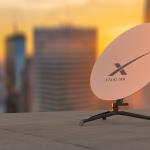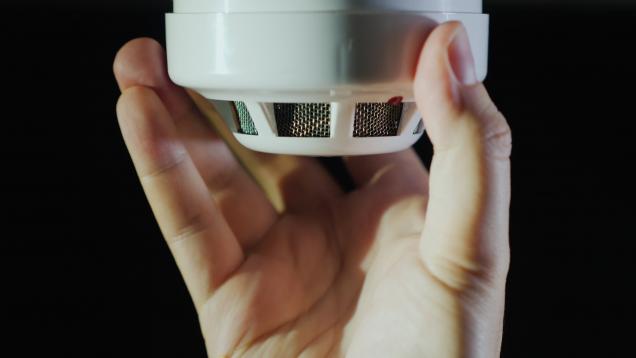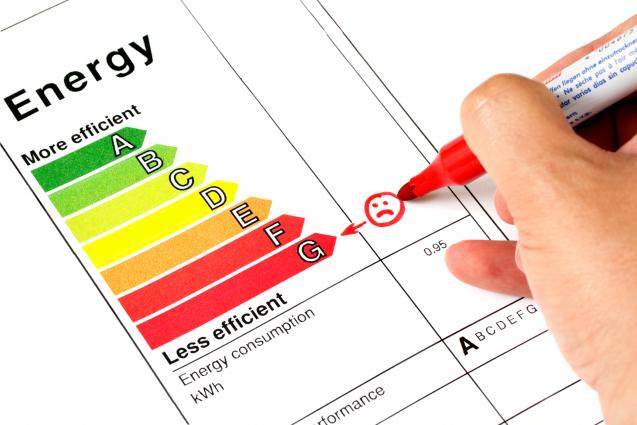
SpaceX’s Starlink in Australia: The Complete Guide
The company aims to offer low-cost internet to remote areas. Starlink functions via inter-connected low-Earth orbit satellites. These satellites complete the connection by bouncing signals from your terminal to the ground stations.
There are currently more than 2,400 functional satellites orbiting the earth. Starlink satellites are nearer to earth, so it takes less time to reach them. This translates to faster connections than other satellite service signals.
Pros of Starlink
1) High Speed
Starlink provides faster connections than conventional satellite Internet. Other internet providers transmit data via satellites orbiting at 35,000 km (21748 miles). SpaceX's satellites are about 550 km (342 miles) away.
Theoretically, latency for regular satellite internet is only 233ms. But, external factors and system delays can cause latency of up to 1500 ms. For Starlink signals, the theoretical latency is 3.67ms, but system delays can increase it to 20-30ms.
2) Starlink is Cost Effective
Starlink internet comes at lower prices than satellite and cable internet in most suburban and rural areas. Most users in these areas pay the same as users in urban areas but receive slower internet speeds.
For Starlink internet, users pay a standard fee for unlimited internet speeds, regardless of location.
3) Availability in Rural Areas
Cellular internet is portable, but the challenge is that service is unavailable in some areas. Standard satellite internet is mobile but poor service and high latency results in slow speeds.
Starlink Internet’s availability is not limited by location. You can access it globally, even in the middle of the ocean, sky, or Antarctica.
4) Disaster Recoverability
In natural disasters like floods, restoring internet connectivity often takes days, if not weeks. It's time-consuming, labor-intensive, and expensive.
Starlink Internet doesn't require cables, so it remains unaffected by internet outages. You can resume your connection hassle-free when there are clear skies. Additionally, there are numerous base stations globally. If one station gets affected by a natural disaster, surrounding base stations will pick up the slack.
Cons of Starlink
Starlink has some disadvantages but on a relatively minor scale.
i. Slow Internet Speeds in Cities
Starlink has a definite number of satellites in one location at any given time. All internet users within this location use an equal bandwidth.
Cities have more people than rural areas, but the number of satellites is the same. Populated cities experience lower Starlink's internet speeds than in less populated areas.
ii. Hardware Installation
The satellite internet or cable company usually provides the equipment and installation services.
Starlink doesn’t offer equipment installation services, so users must install the Starlink plates. These plates also require clear sky views, challenging users living in high-rise buildings or condos.
iii. Interruption from Poor Weather
Satellite communications often get interrupted by thunderstorms, solar storms, or rain. If you live in areas prone to such weather, seamless connectivity may be a challenge.
Cost of Starlink in Your Home
In Australia, the Starlink monthly service fee is $139. However, you’ll pay a hardware fee of $924 plus a shipping fee of $150. As a new user, you’ll incur an initial cost of $1,074.
Conclusion
Starlink already has ground stations throughout:
- South Australia
- Western Australia
- New South Wales
- Victoria, and
- Queensland
Connected Australians enjoy speeds of up to 200mbps, increasing to 300mbps later in the year as Elon Musk promises.
Seek the services of a qualified electrician and unlock new possibilities with unlimited internet speeds at affordable costs.



